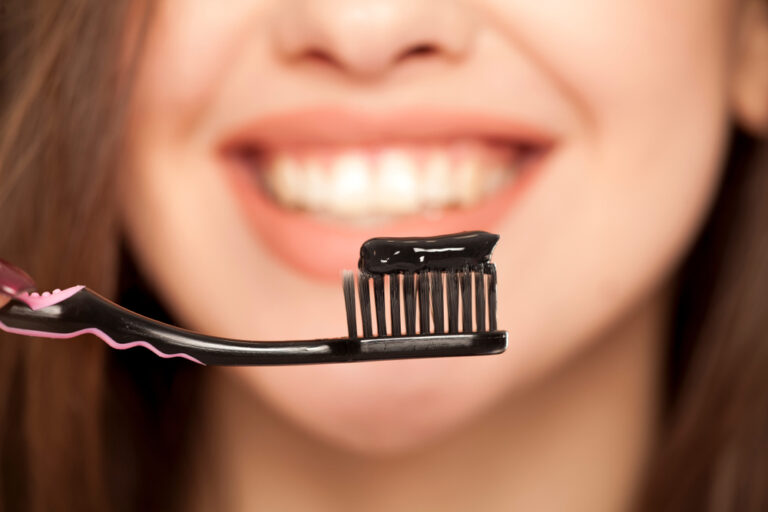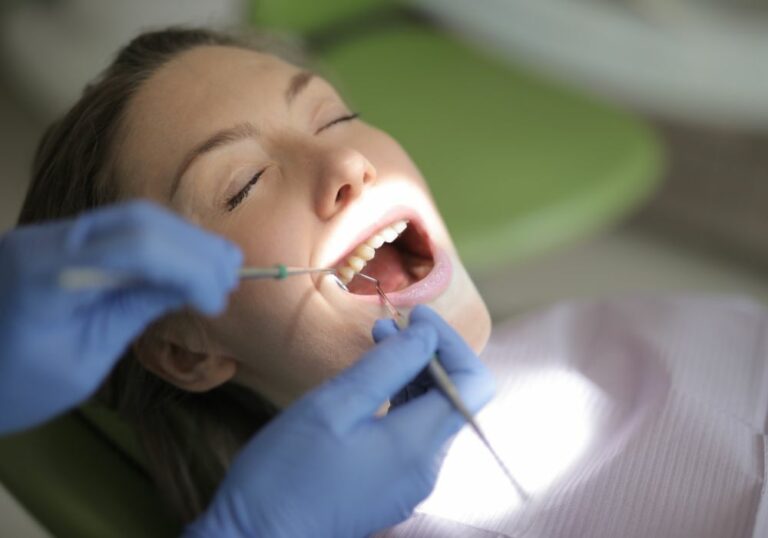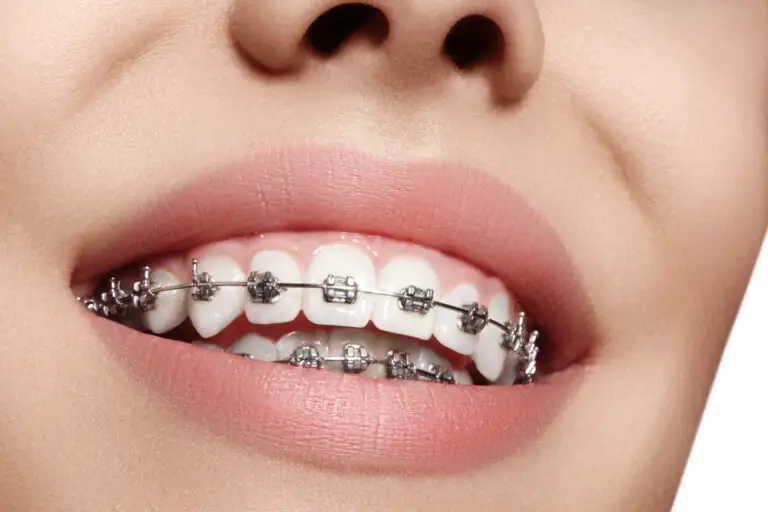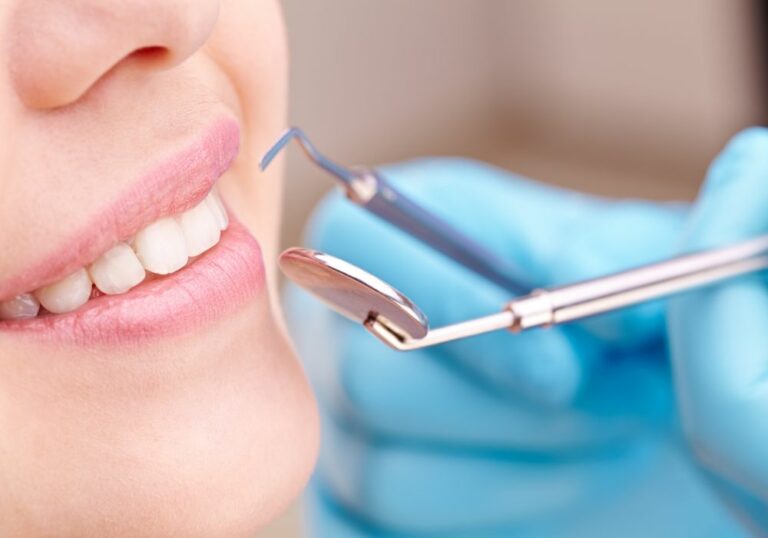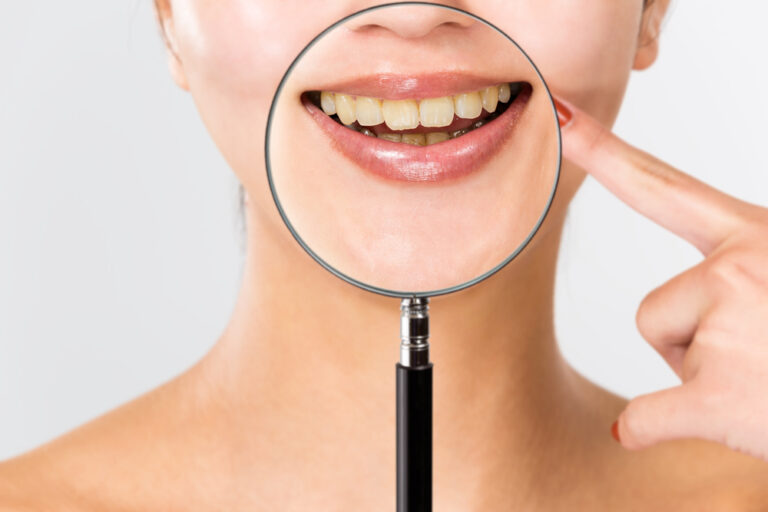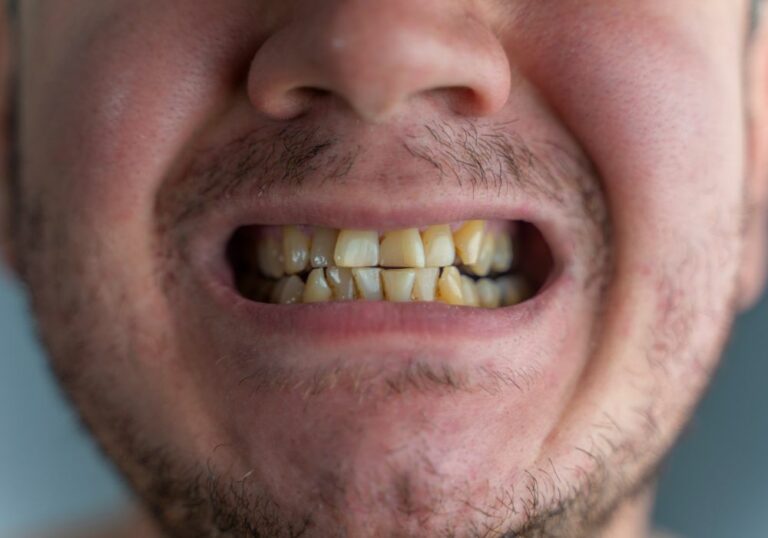The relationship between “tooth” and “teeth” is one of the most curious examples of an irregular plural in the English language. While most singular nouns simply add an “-s” to make their plural form, “tooth” transforms into the markedly different “teeth”.
This strange quirk leaves many English speakers scratching their heads. Where did this irregular plural come from? And why has it endured instead of conforming to the usual rules?
To understand this puzzle, we must travel back in time and explore the linguistic history that shaped these words. The story of “tooth” and “teeth” contains clues to their irregular pluralization.
Overview
In this expanded article, we will:
- Investigate the Proto-Germanic roots of “tooth” and “teeth”
- Analyze the Old English variations and Middle English transition
- Explain theories regarding the retention of “teeth” as the plural
- Compare “teeth” to other irregular English plurals
- Discuss irregular plurals across other languages
- Examine the broader implications of peculiar plural forms
With linguistic history as our guide, the odd pluralization of “tooth” becomes less mysterious. The journey reveals how ancient language evolutions created “teeth” and allowed it to persist until today.
Proto-Germanic Origins
Like most English words, “tooth” germinated from a Proto-Germanic ancestor. The Proto-Germanic term *tanþs eventually spawned Old English “tōth” (tooth) and “tēth” (teeth).
This initial split between singular and plural forms planted the seed for Modern English irregularity. But to appreciate the signficance of this divergence, we must dig deeper into their Proto-Germanic roots.
Cognates Across Languages
*Tanþs produced cognates and descendants not only in English, but other Germanic languages. For example:
- Old Frisian: tand
- Old Saxon: zand
- Old High German: zant
These cognates reveal the ancestral *tanþs producing distinct singular and plural variations in its daughter languages.
Phonetic Differences
In Proto-Germanic, *tanþs featured a voiceless dental stop consonant “t” preceding a voiceless interdental fricative “þ” sound.
But its plural form underwent a sound change known as Verner’s Law. This transformed *tanþs into *tanþiz, changing the “þ” into a voiced “ð” sound in the plural variant.
This key phonetic difference between singular and plural in Proto-Germanic enabled the split inherited by Old English and Modern English. The change in pronunciation distinguishes “tooth” and “teeth” right from their earliest origins.
Old English Variations
As English developed out of its Germanic roots, “tooth” and “teeth” underwent changes in spelling and pronunciation. But the core irregular pluralization remained intact.
Singular and Plural Forms
In Old English, the singular was spelled “tōth”, while the plural was “tēth”.
The “ō” and “ē” represent long vowels, creating a phonetic contrast between the two forms. This upheld the distinction established in Proto-Germanic.
Additional Plurals
Old English also allowed tōth to take other plural endings such as “-as” and “-en”.
For example:
- tōth (singular)
- tēth (plural)
- tōthas (alternate plural)
- tōthen (alternate plural)
The emergence of these secondary plurals made the major “teeth” form more essential for clarity.
Transition to Middle English
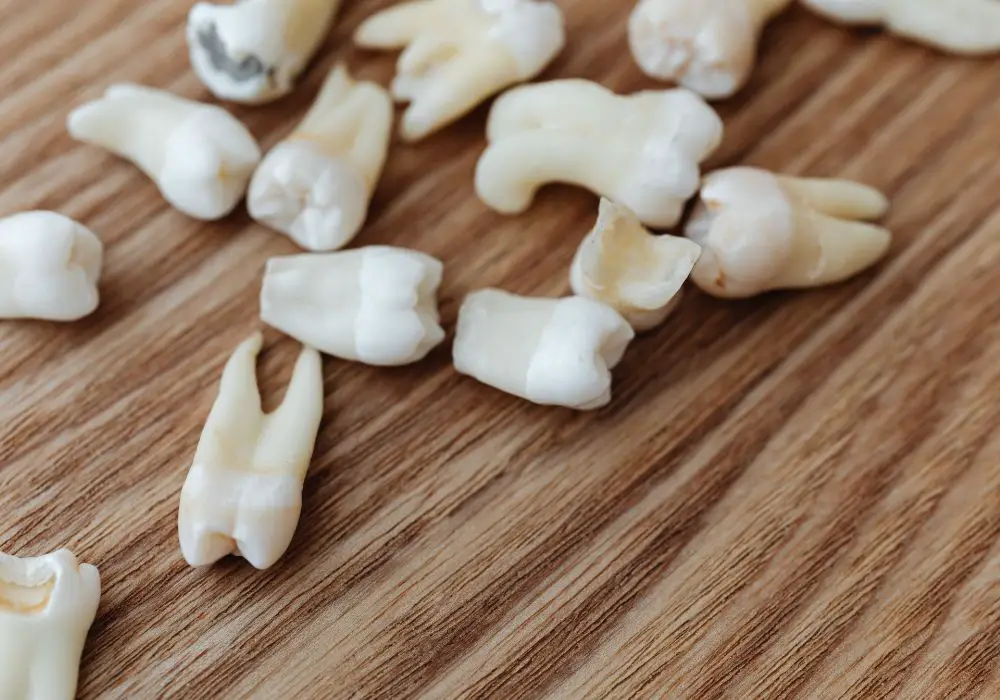
As Old English transitioned into Middle English, the language underwent its most radical changes following the Norman Conquest of 1066. This influenced significant simplified spelling and grammar changes.
In this unstable linguistic period, both “tooth” and “teeth” reduced to their modern versions. The extra vowels in Old English disappeared, leaving behind the basic forms we know today.
But amidst the chaos, the fundamental plural irregularity remained as a testament to the resilience of “teeth”. Even as words transformed around it, “teeth” held onto its origins.
Theories on Survival
Given the major changes English endured, why did “teeth” stubbornly retain its irregular plural when so many other words conformed? Linguists propose several theories.
Vestige of Antiquity
“Teeth” may remain as a vintage vestige of Old English, too deeply ingrained to convert to a regular form.
Phonetic Distinction
The subtle pronunciation differences between “tooth” and “teeth” may provide just enough separation to warrant an irregular plural form.
Cultural Staying Power
Plurals with cultural importance, like “teeth” relating to health, could resist changes that would obscure their meaning.
Homonym Avoidance
Retaining an irregular plural avoided problematic similarities with potential homonyms like “tooths” and “toothes”.
While the exact reason is uncertain, “teeth” clearly overcame pressures that standardized other plurals over centuries of language change.
Irregular Plurals in English

Beyond “teeth”, smatterings of irregularity dot the English canon thanks to similar preservation forces. Some other examples include:
- Mouse/mice
- Goose/geese
- Man/men
- Person/people
- Foot/feet
These words reveal that English plurals cannot be explained through rules alone. Their exceptions reveal the living history within our dynamic language.
Irregular Plurals Across Languages
English is not alone in its inconsistent plural forms. The phenomenon appears across languages thanks to their shared histories.
For example, Romance languages descended from Latin feature several plurals that diverged from standardized rules over centuries. Examples include:
- Radius/radii (Latin/English)
- Lapis/lapides (Latin/English)
- El ojo/los ojos (Spanish)
- Le jeu/les jeux (French)
These cases underscore how the threads of ancient languages left remnants of irregularity in their modern descendants.
Broader Implications
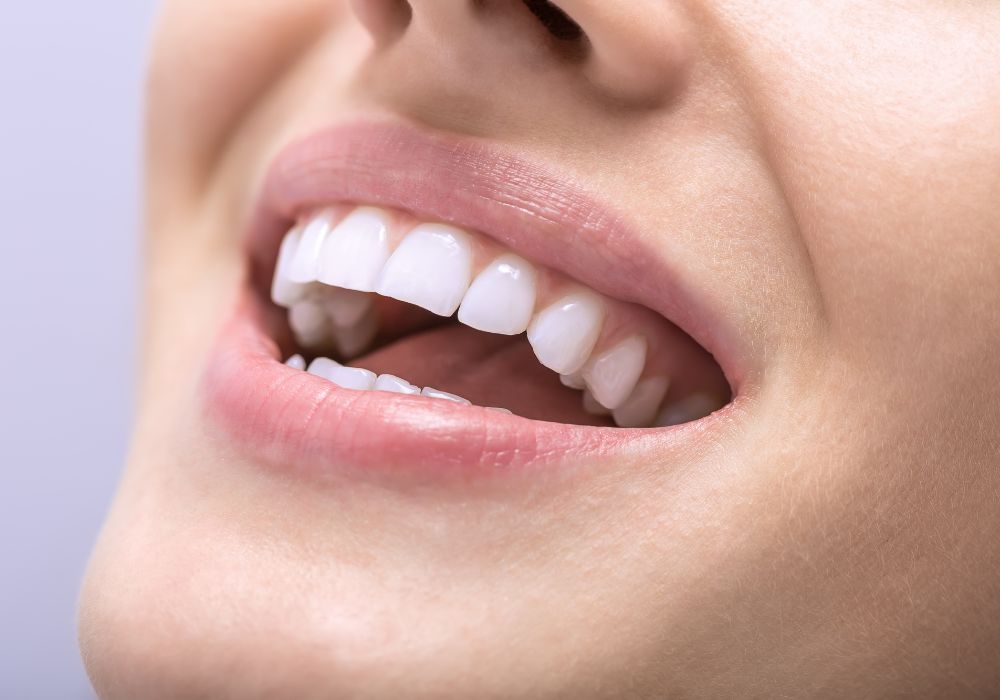
When we pull back the lens, peculiar plurals like “teeth” provide several key insights:
- Languages morph over time in complex ways.
- History leaves its imprint through relics like irregular forms.
- Standard rules cannot perfectly explain language in its totality.
- Understanding origins provides clarity to confusing linguistic issues.
- Exceptions to rules carry significance and meaning.
In short, language cannot ever be fully tamed or predicted. Its complexities reveal the ever-changing nature of human history and culture.
Conclusion
The odd pluralization of “tooth” to “teeth” is ultimately a testament to the living history embedded within English. Its story provides a window into the dynamic forces that shaped English over centuries.
Next time you spot this irregular plural, remember the long linguistic evolution that brought this quirky relic into existence. And don’t take teeth for granted – be glad we’ve retained this special word!
Expanded Frequently Asked Questions
Why is the plural of “tooth” not simply “tooths”?
The irregular plural “teeth” emerged in Proto-Germanic and endured through Old English and Middle English despite widespread language changes. For unknown reasons, it resisted adaptation to more regular plural forms like “tooths”.
How are “tooth” and “teeth” pronounced differently today?
In Modern English, the main distinction is a subtle difference in pronouncing the “th” sound. “Tooth” uses a voiceless sound, while “teeth” uses a voiced “th”. The phonetic distinction is small but may help preserve the irregularity.
Are there any everyday English words besides “teeth” with truly bizarre plural forms?
One of the strangest is “child” which pluralizes into “children” rather than “childs”. This form evolved from Old English “cild” and its plural “cildru”.
Do any languages have logical-seeming yet unpredictable plurals like English?
In German, the plural forms adhere to apparent patterns that still surprise English speakers. For example, “das Buch” (the book) becomes “die Bücher” in the plural. The article, suffix, and umlaut changes seem irregular.
Is there a name for words that resist pluralization rules like “teeth” does?
Linguists refer to these as “invariant plurals”. They are plurals that do not change their form from the singular or exhibit an irregular pluralization pattern.

